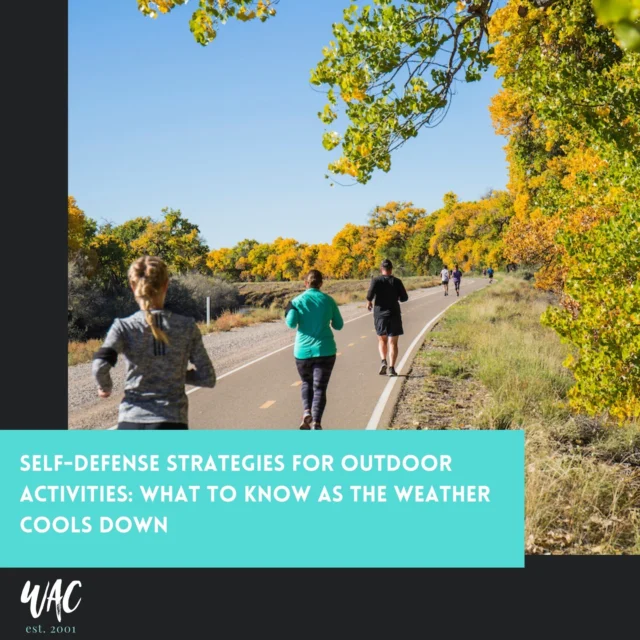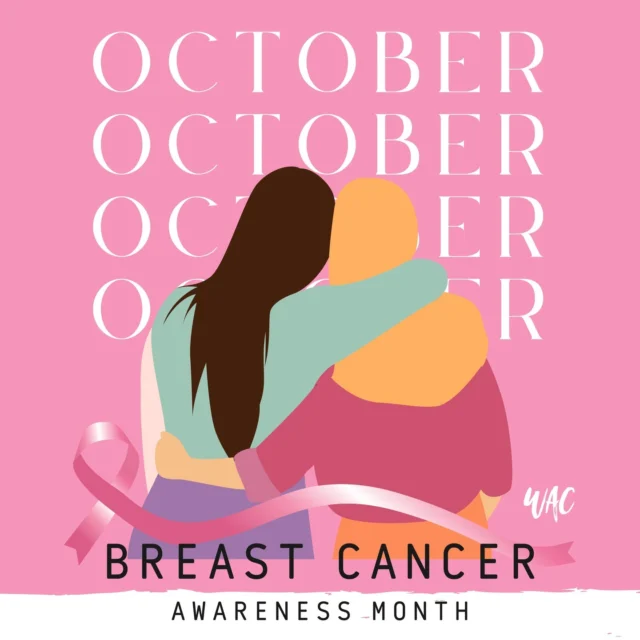In the first part of this two-part series, Trish details what stalking is, who can be a victim, and the tools stalkers use. In part two, she gives you more information on what to do if you or a friend is experiencing stalking. If you are in immediate danger, always call 911. For more resources, please visit our Women Against Crime Resources page.
We’ve all heard the story: a girl breaks up with a guy, the guy is heartbroken, and keeps showing up where she’s going to be or sending her endless text messages about how sad he is. This may seem like a harmless case of heartbreak, and in many cases, it is.
However, this sort of obsessive behavior can indicate stalking, and can be extremely dangerous. In fact, many cases of stalking end in violence or even death (as in this story from Albuquerque). To be totally honest, I was stalked when I graduated from college – it’s what led me to found Women Against Crime in the first place. From my own experience, I know it’s important to recognize the warning signs of stalking and get help to ensure your safety first and foremost.
What is stalking?
Stalking is unwanted and/or repeated surveillance or contact by an individual or group towards another person. This behavior is used to control a victim, and can cause the victim to be terrified and anxious, regardless of how serious the stalking behavior seems.
To an uninvolved outsider, some forms of stalking can seem harmless and even include positive gestures such as gifts, letters of affection, or checking in on someone. The difference between cute, affectionate behavior and stalking is that the individual on the receiving end doesn’t want the attention and usually has asked the stalking individual to stop.
Unfortunately, in the case of stalking, these positive-seeming behaviors can also include more threatening behaviors, such as following an individual and knowing their schedule, repeated unwanted contact via phone or text, obsessive social media following, and showing up unannounced to an individual’s home, work, school, or social events.
These behaviors can also lead to much more dangerous actions, such as:
- Threatening an individual or their loved ones, including children and friends (as was the case in Dirty John)
- Harming a victim’s pets
- Damaging property
- Stealing items
- Setting up harassing websites or social media groups around the individual
Who can be a victim of stalking?
Stalking can happen to anyone and at any time. According to Safe Horizon, one in six women and one in 17 men experience stalking at some point in their lifetime, and 7.5 million people are stalked every year. Stalking is often perpetrated by someone the victim knows, and most often a current or former partner. However, complete strangers can also be stalkers, especially for well-known individuals or celebrities.
Just as both women and men are victims of stalking, a stalker can be either a man or a woman. The obsession that leads to stalking does not have to involve romance or a sexual motive. There are cases of former students stalking teachers or professors, patients stalking doctors, and customers stalking service or retail workers.
What tools does a stalker use?

Stalkers can be extremely intelligent in how they try to harass and control their victims. They may use many tools to keep tabs on a victim or stay in communication with them. A stalker may try to be in physical proximity to their victim by showing up in places where the victim may be. They may talk to a victim’s family or friends to try and get to know more about daily activities or even how the victim feels.
A stalker may also use technology to stalk a victim, including:
- GPS or other tracking systems to track a victim’s whereabouts
- Spyware installed on a victim’s computer to track their activity
- Social media or email to communicate with the victim
- Smart home technology (e.g. connected fridge, video doorbell, thermostat) to communicate with, monitor, or harass a victim
A stalker will often act in ways to keep the victim involved, including tactics like isolation, putting the victim down or insulting them, or gaslighting them to make the victim feel like they’re the one behaving in a crazy way. This is similar to the methods that domestic abusers and groomers use to keep their victims under their thumbs.
Be sure to check out part two in this series to find out what you should do if you or a friend is experiencing stalking.




















